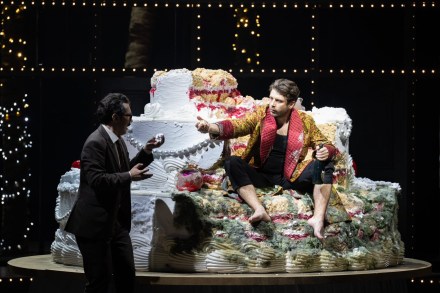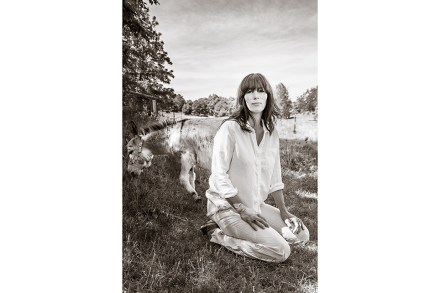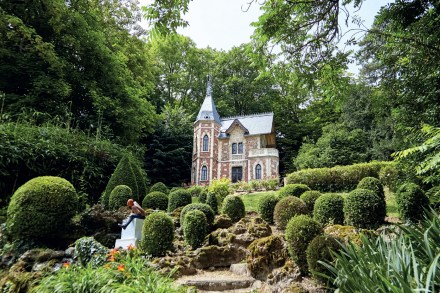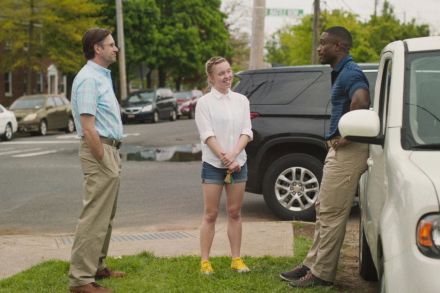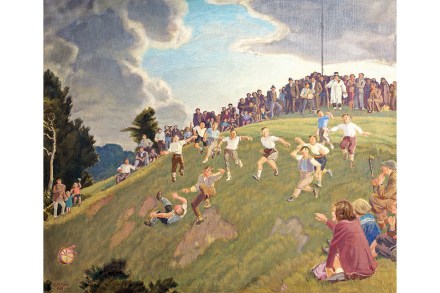The final scenes are a knockout: Glyndebourne’s Don Giovanni reviewed
OperaAre you supposed to laugh at the end of Don Giovanni? Audiences often do, and they did at the end of Mariame Clément’s new production at Glyndebourne. It’s usually the bit where Donna Anna’s fiancé Don Ottavio suggests that they get married sharpish, and she immediately asks him for a year’s delay. Readers of Middlemarch
